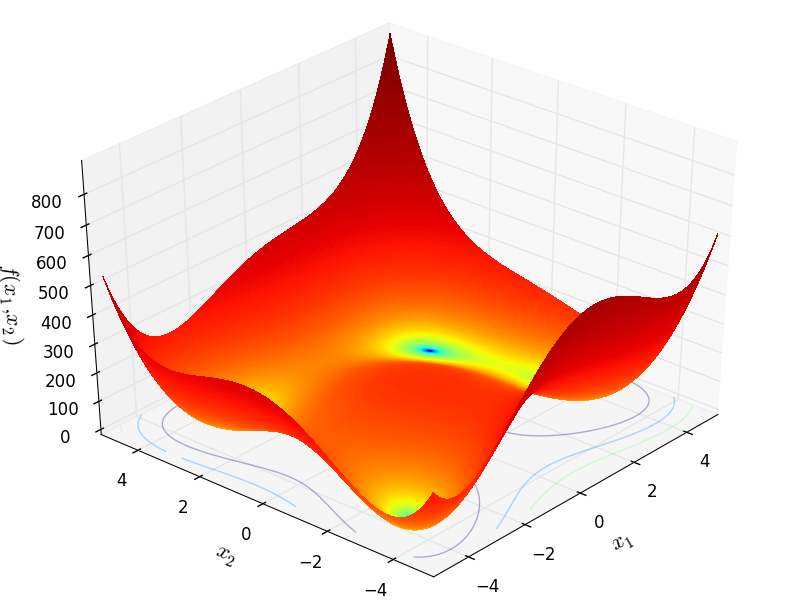

The focus of this paper is on case-control allele/haplotype tests, but the framework can be extended easily to other settings like regressing quantitative traits on allele/haplotype counts, or tests on genotypes or diplotypes. In general, the measures are interpreted as the asymptotic ratio of sample sizes necessary to achieve the same power in case-control testing. In the case of genotype data on two mutually exclusive sets of markers, the measure determines the amount of multi-locus LD, and is equal to the classical measure r(2), if the sets consist each of one bi-allelic marker. haplotype frequencies, relative to the ideal case of actually observing the complete data, e.g. genotype data for a set of SNPs, for estimating parameters that are functions of frequencies in the second data set, e.g. The goal is to quantify how much information is in one data set, e.g. Learn more on the UChicago intranet Academic Communicators Network The Academic Communicators Network helps University faculty and leaders enhance their capacity to communicate effectively with external audiences and the media. We introduce a framework for measuring the association between two sets of variables for example, genotype data for two distinct groups of markers, or haplotype and genotype data for a given set of polymorphisms. Chicago, IL 60637 Title IX Non-Discrimination Statement Accreditation/IBHE Resolution Emergency Info Job Opportunities Make A Gift Accessibility Visit UChicago Campus Directory Contact Us Maps & Directions My. Assistant Professor Department of Statistics Chicago, Illinois . We invite you to explore our site and learn more about us: who we are and our history the academic programs we offer, our seminars. In particular, the linkage disequilibrium (LD) between two sets of markers can be interpreted as the amount of information one set of markers contains for testing allele frequency differences in the second set, and measuring LD can be viewed as quantifying information in a missing data problem. Profile photo of Risi Kondor, expert at University of Chicago. Measures of the amount of available information can be used for efficient planning of studies and/or analyses. Aspects of the process, such as the distribution of the number of blocks, are investigated.īayesian nonparametrics Gibbs-type splitting rules characteristic index infinite exchangeability survival analysis.Many genetic analyses are done with incomplete information for example, unknown phase in haplotype-based association studies.


Embedded within the process is an infinitely exchangeable ordered partition. We show a close connection with the Kaplan-Meier estimator of the survival distribution.

The harmonic process is easy to generate sequentially, and a simple expression exists for both the joint probability distribution and multivariate survivor function. In particular, this two-dimensional family comprises the set of exchangeable, Markov survival processes with weakly continuous predictive distributions. We identify the harmonic process as the family of exchangeable, Markov survival processes that compose the natural set of statistical models for time-to-event data. 2.6 Exact Inference for Small Samples 2.6. We show how these are determined by their characteristic index n = 1 ∞. Course Web Pages Statistics 251 Fall 2017/ Introduction to Mathematical Probability Statistics 310 Winter 2010/ Optimization and Simulation Statistics 312. We study exchangeable, Markov survival processes - stochastic processes giving rise to infinitely exchangeable non-negative sequences ( T 1, T 2, …).


 0 kommentar(er)
0 kommentar(er)
